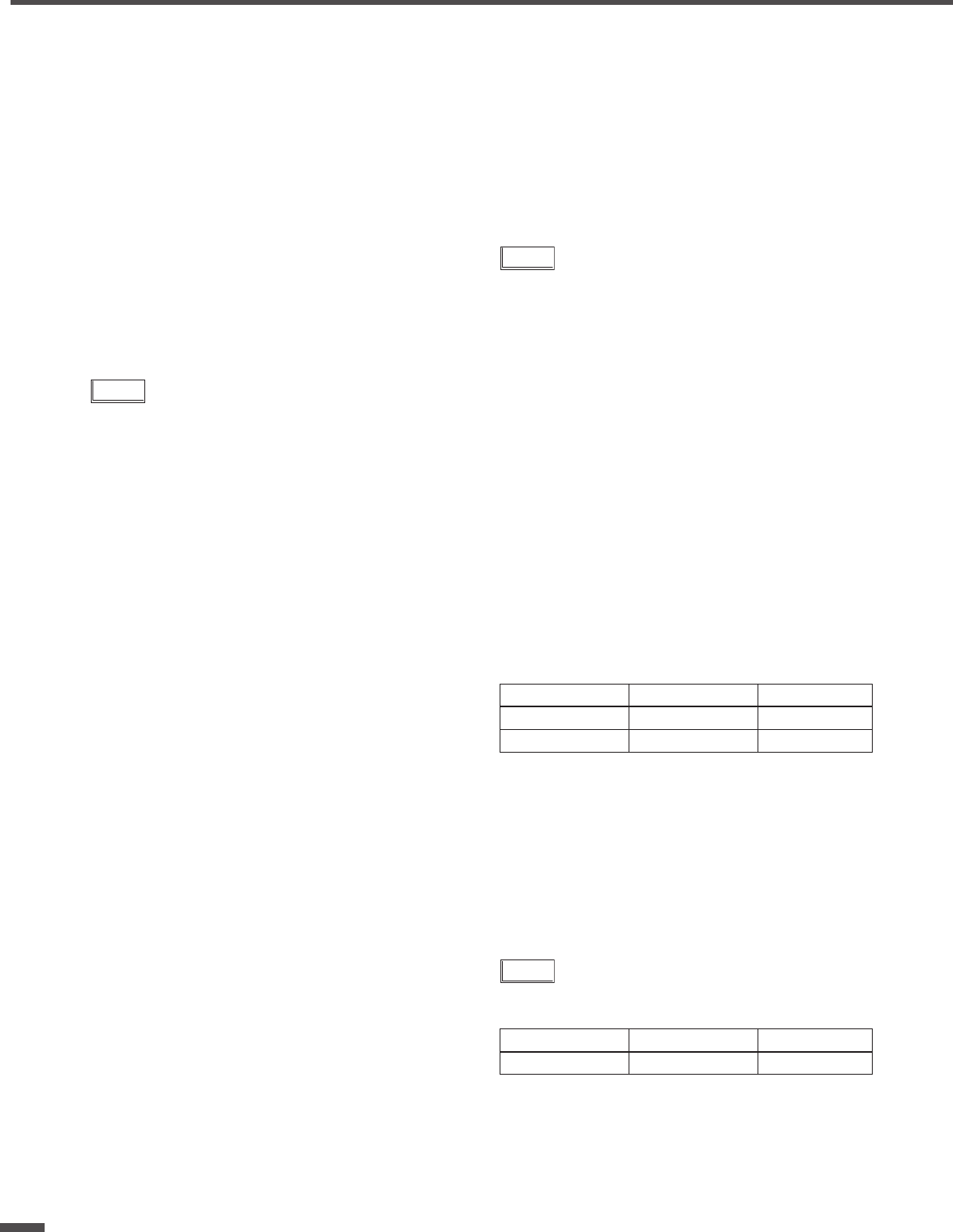
Mix Functions
16 IMX644 Owner’s Manual
■ Feedback Suppressor
The Feedback Suppressor effectively controls feedback by iden-
tifying the feedback frequencies that will occur naturally as a re-
sult of the combined acoustic and electrical characteristics of the
sound system within the acoustic space in which it is used. The
Feedback Suppressor includes static filters that provide mea-
surement and filtering for specified channels, and dynamic fil-
ters that monitor the condition of specified MONO INPUT
channels and automatically suppress feedback as it occurs.
Static filter measurements can be made either via the IMX644
Manager application or the IMX644 unit itself. Measurement
from the IMX644 itself is described in “Front Panel Static Filter
Measurement” below.
With the initial default settings the static filters are inactive,
while the dynamic filters are ON for all MONO INPUT chan-
nels.
NOTE
• The initial default setting is Feedback Suppressor ON. Even
though the static filters are inactive, the dynamic filters are
still operational so be sure to turn the Feedback Suppressor
OFF before using sine waves or test tones to test or calibrate
the system.
•Feedback Suppressor settings can be stored in the unit’s 16
memories.
Front Panel Static Filter Measurement
To ensure optimum feedback suppression be sure to perform the
measurements under the same conditions that will prevail during
actual operation (microphone and speaker positions, etc.).
1 Set the OUTPUT channel 1 through 4 level con-
trols to 3 o’clock.
2 Set the level control of the MONO INPUT to
which the microphone that is to be used for
measurement is connected to 3 o’clock.
3 Set up the microphone at least 5 meters away
from the speakers.
4 Adjust the output level of the power amplifier.
While speaking or singing into the microphone gradually
raise the output level of the power amplifier to the level
that will be used in actual operation. Also clap your hands
near the microphone to make sure that feedback does not
occur.
5 Set the level control of the MONO INPUT channel
to which the microphone that is to be used for
measurement is connected to “0”.
6 Make sure the area being measured is silent.
7 Simultaneously press and hold MEMORY but-
tons [A], [C], and [D] for longer than two sec-
onds. The MEMORY [A], [C], and [D] button
indicators will light and static filter measure-
ment will begin. When the measurement process
has finished the static filter will be set according
to the results and the MEMORY button indica-
tors will return to their status prior to the mea-
surement.
NOTE
• If all four MEMORY button indicators light – [A], [B], [C], and
[D] – an error has occurred during measurement. To prevent
damage to the equipment the measurement will be aborted
and the erroneous data discarded. If this occurs try changing
the orientation of the microphone and speakers, lower the
amplifier output, then repeat the procedure from step 1
above.
• Static filter measurement may not be successful if the overall
level is too high or the microphone is too close to one of the
speakers.
■ Priority Ducker
When a signal is applied to the specified MONO INPUT channel
the level of all STEREO INPUT signals assigned to the same
output are reduced to allow announcements made via the MONO
INPUT channel to stand out clearly from background music or
other program material, for example. When input to the specified
MONO INPUT channel ceases the level of the other “ducked”
channels returns to normal.
The initial default setting is OFF for all channels.
Both the amount of attenuation and the time it takes to return to
normal level can be programmed as required.
■ Music Override
When a signal is applied to the specified STEREO INPUT chan-
nel all other STEREO INPUT channels assigned to the same out-
put are automatically faded out and muted. When input to the
specified STEREO INPUT channel ceases the level of the other
muted channels fades in and returns to normal.
The initial default setting is OFF for all channels.
The time it takes to fade-in to normal level can be programmed
as required.
NOTE
• If Music Override is ON for more than one channel, the low-
est-numbered channel takes priority.
Parameter Range Initial value
Mute Level -30.2dB – 0dB -20dB
Release Time 0.0 – 6.0sec 2.0sec
Parameter Range Initial value
Release Time 0.0 – 6.0sec 4.0sec


















